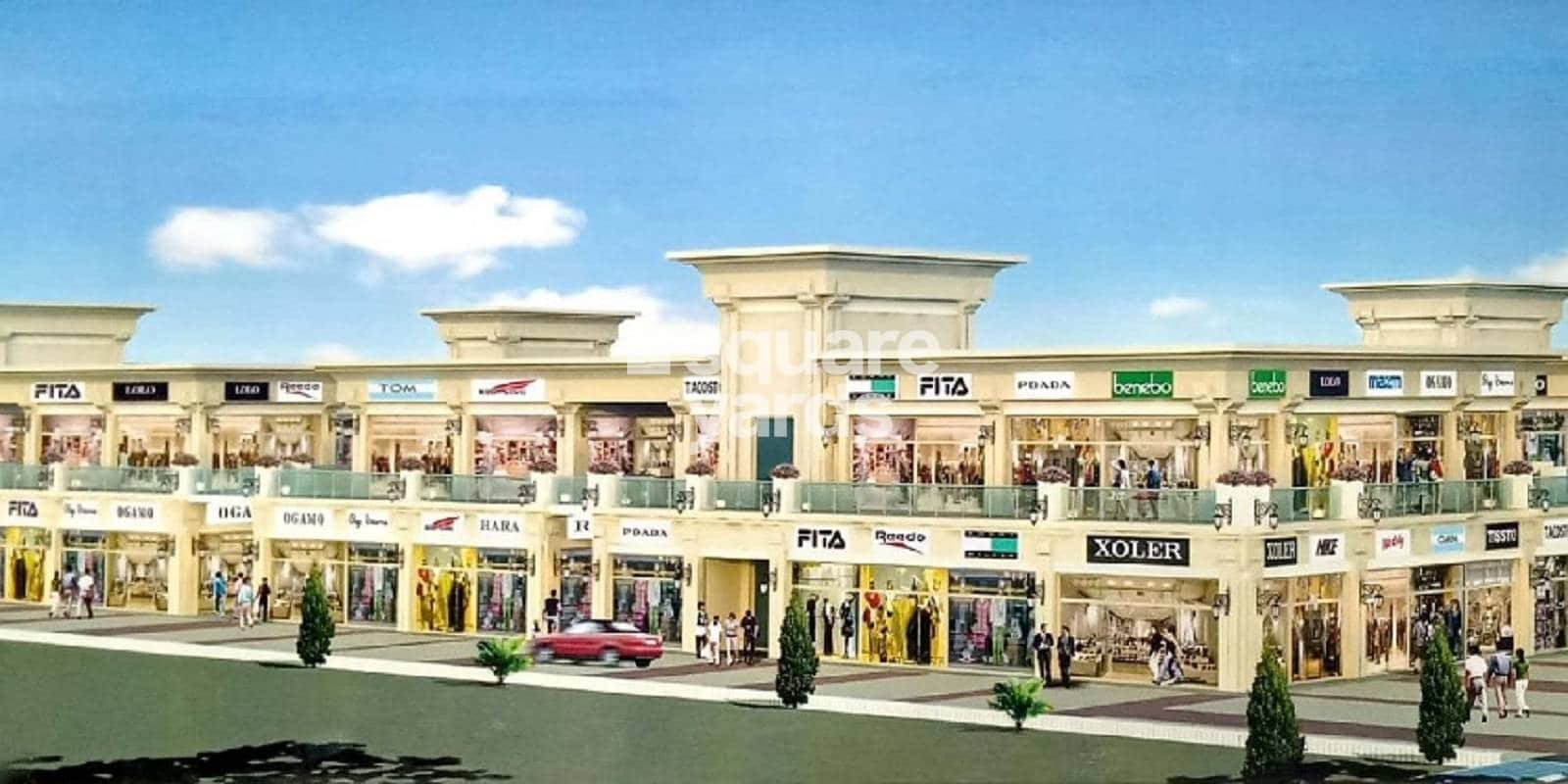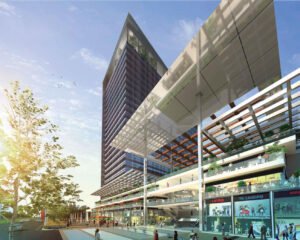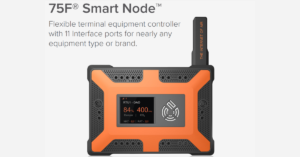Automated Demand Response: How Businesses Can Reduce Energy Waste
As businesses continue to focus on sustainability and reducing operational costs, one of the most effective strategies for cutting energy waste is through Automated Demand Response (ADR). By integrating smart building solutions, companies can manage their energy usage more efficiently, particularly during peak demand periods when energy costs are highest. 75F, a leader in smart building automation, offers advanced solutions that enable businesses to reduce energy consumption and improve sustainability through Automated Demand Response.
Automated Demand Response (ADR) is a technology that allows businesses to automatically adjust their energy usage in response to signals from the utility provider. During periods of high energy demand, utility companies may request that businesses reduce their energy consumption to help maintain grid stability. ADR systems can automatically reduce energy usage, for example, by adjusting lighting, heating, ventilation, and air conditioning (HVAC) settings. This not only helps businesses lower their energy bills but also contributes to grid reliability.
How 75F Enhances Automated Demand Response
75F’s innovative products and solutions play a critical role in facilitating ADR by offering real-time data and automation to optimize energy usage. The system is designed to seamlessly integrate with existing building infrastructure, providing full control over the HVAC, lighting, and other critical systems in response to demand response events.
- HVAC Control and Energy Savings
75F’s cloud-based solutions automatically adjust HVAC systems during peak demand times. By slightly raising the temperature during hot weather or lowering it during cold spells, businesses can reduce their energy consumption without compromising comfort. The system intelligently makes these adjustments in response to grid signals, ensuring that energy use is minimized during peak periods. - Lighting Optimization
The system can also manage lighting to ensure that only necessary areas are lit during peak times. By dimming lights or turning them off in unused spaces, 75F’s solutions can contribute to energy savings without affecting the productivity or comfort of the building’s occupants. - Real-Time Monitoring and Analytics
75F’s platform offers detailed analytics and real-time monitoring, allowing businesses to track energy usage patterns and make informed decisions about energy management. This data-driven approach enables businesses to fine-tune their ADR strategies and further reduce energy waste.
Benefits of 75F’s Automated Demand Response
• Reduced Energy Costs
By responding to demand response events, businesses can take advantage of lower energy rates, saving money on utility bills.
• Grid Stability and Environmental Impact
Through ADR, businesses can help reduce the strain on the electricity grid during peak times, supporting a more stable and sustainable energy grid.
• Improved Operational Efficiency
With 75F’s automation, businesses can optimize energy usage without requiring manual intervention, making energy savings seamless and efficient.
• Sustainability Goals
By reducing energy consumption and minimizing waste, businesses can meet their sustainability objectives, reduce their carbon footprint, and contribute to environmental preservation.
Automated Demand Response with 75F products and solutions provides businesses with a powerful tool to manage energy consumption intelligently and sustainably. By automating adjustments to HVAC and lighting systems, 75F helps businesses reduce energy waste during peak demand periods, lowering costs while supporting grid stability.
This seamless integration of energy-efficient technology positions businesses to meet their sustainability goals while improving their bottom line. As energy demands continue to rise, adopting ADR solutions will become a critical step for businesses looking to stay competitive and environmentally responsible.














Post Comment